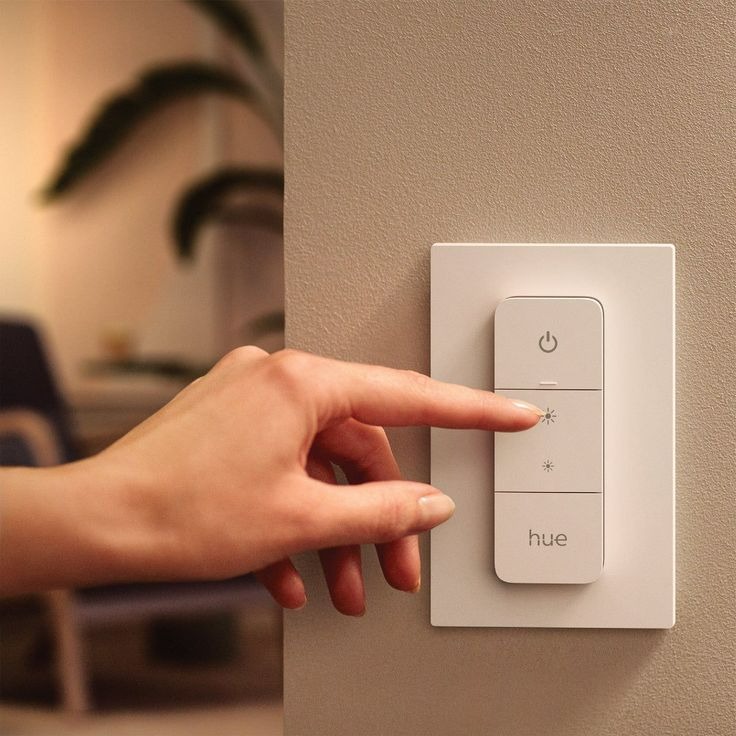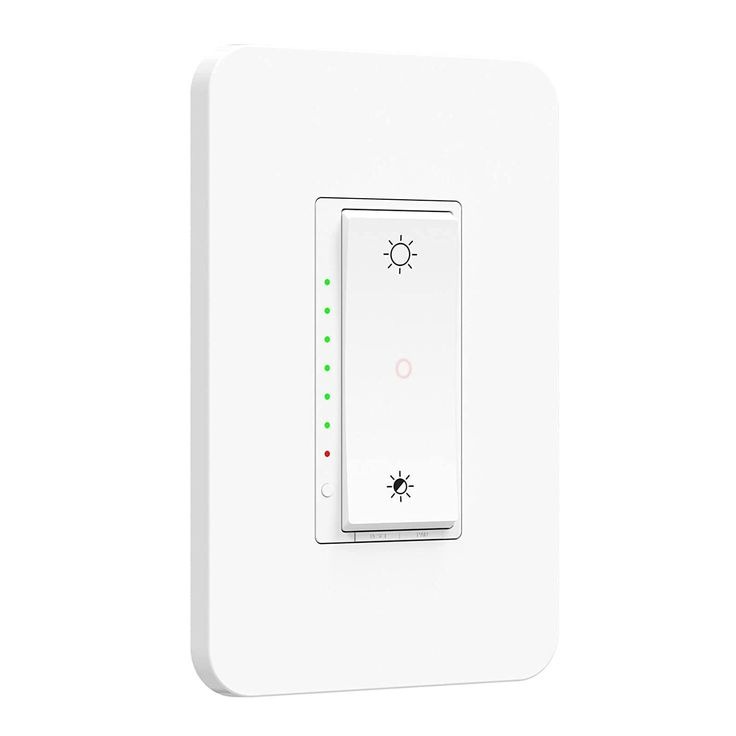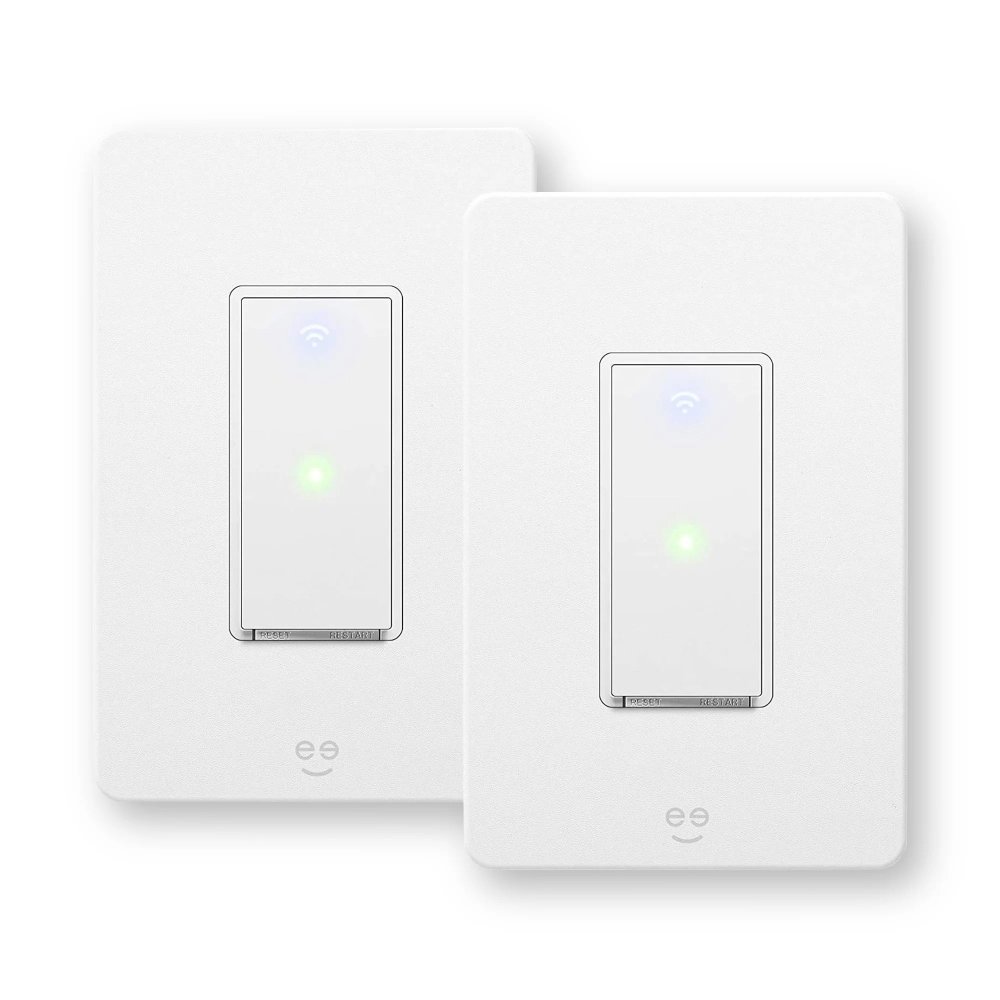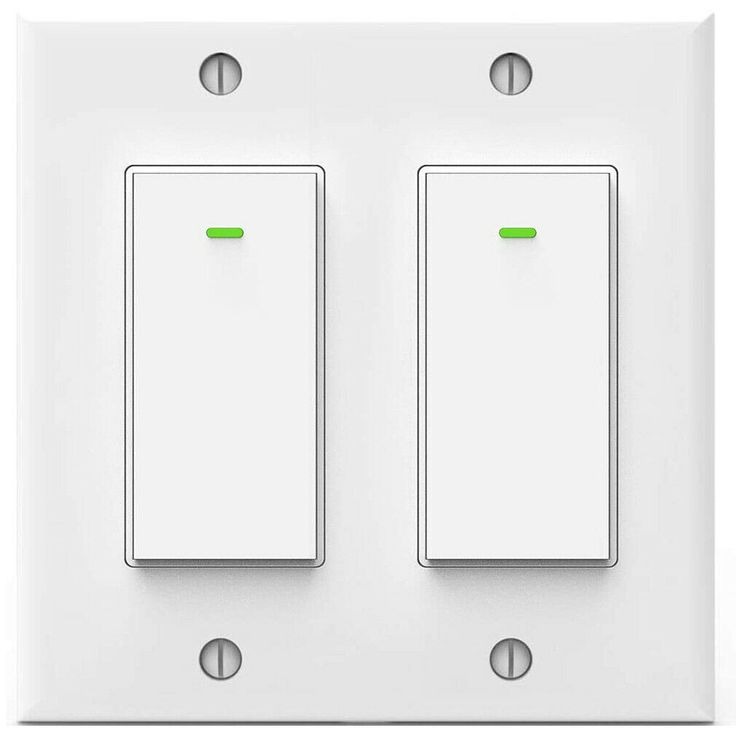What Is a Smart Transfer Switch?
A smart transfer switch is a modern innovation in managing home energy. It acts like a traffic director for electricity between two power sources. For instance, if your home uses both a primary power grid and a backup generator, a smart transfer switch will control where power comes from. It ensures that your home always has energy during a power outage or other events that disrupt the main supply.
Smart transfer switches are intelligent devices. They automatically switch power sources without any manual intervention. This happens within seconds of detecting a power loss, meaning your home systems remain operational almost without interruption. These switches monitor power quality from all sources, making decisions on the most stable and efficient source to use at any time.
What sets a smart transfer switch apart from a standard transfer switch is its connectivity. It can connect to home automation systems, is often adjustable via smartphone apps, and can provide real-time updates on energy usage. With a smart transfer switch, managing your home’s power has never been more convenient or efficient.

The Benefits of Using Smart Transfer Switches in Your Home
Integrating a smart transfer switch into your home’s power system brings several advantages. First, reliability tops the list. You won’t be left in the dark during a power outage. The automated system swiftly changes to a backup generator or another source. This quick switch protects your home appliances from damage caused by power fluctuations.
Moreover, convenience is a significant perk of using a smart transfer switch. Manage your home’s power sources remotely. Use a simple app on your smartphone to adjust settings and monitor energy use. It gives you control over your power supply, right in your hand.
Energy efficiency is another key benefit. Smart transfer switches detect which power source is most efficient at the time. They often choose renewable energy sources when available, reducing your carbon footprint. Over time, this can lead to reduced energy bills as it prioritizes cheaper energy sources.
Safety is an essential aspect of home energy. Smart transfer switches add an extra layer of safety. They prevent back-feeding of power to the grid, which is crucial during maintenance or emergencies. This feature keeps utility workers safe and your home compliant with local regulations.
Lastly, smart transfer switches offer peace of mind. They ensure continuous power supply to critical home systems. Think medical equipment, fridges, and heating systems. They keep running without any manual effort on your part. These switches keep you prepared for the unexpected, always.
In summary, smart transfer switches offer reliability, convenience, energy efficiency, safety, and peace of mind. These benefits make them a wise investment for modern, connected homes. As power systems evolve, these devices keep your home at the forefront of energy management.
How Smart Transfer Switches Work: The Technology Explained
Understanding how smart transfer switches work is crucial for optimizing home energy management. At its core, a smart transfer switch uses sensors and microprocessors to monitor and direct electricity flow. When it senses a disruption or failure in the primary power source, such as the main grid, it quickly activates the secondary source, like a generator or battery system. This switchover happens within seconds and is completely automated, minimizing the risk of data loss or damage to home appliances.
The technology behind smart transfer switches involves several components working in tandem. Key among them is the control unit, which is the brain of the switch. It constantly checks the status of the power sources. It has algorithms designed to decide the best time and source to switch to based on various factors such as efficiency, cost, and power stability.
Another element is the switching mechanism. This component physically shifts the power connection from one source to the other. It’s designed to function with speed and precision. Ensuring a seamless transition is vital for sensitive electronics and avoiding power surges.
Connectivity is another technical aspect of smart transfer switches. They can connect to the internet and pair with apps on smart devices. This allows for remote monitoring, control, and even receiving alerts about the energy system’s status.
Finally, power source evaluation is a continuous process within smart transfer switches. They evaluate which power source to use, considering aspects like current demand, energy efficiency, and the availability of renewable energies. This smart decision-making supports energy savings and reduces environmental impact.
By integrating these features, smart transfer switches provide a reliable, efficient, and user-friendly solution for modern home energy management. They stand out as an essential component for any household looking to secure their energy supply and optimize their power usage.

Key Features to Look for in a Smart Transfer Switch
When shopping for a smart transfer switch, it’s important to consider specific features that enhance its functionality and ensure seamless integration into your home energy system. Here are the key features to keep in mind:
- Automatic Functionality: It’s essential that the switch operates automatically. This means it should detect power loss and switch sources without human input. Look for switches with fast response times.
- Connectivity Options: Your smart transfer switch should easily connect to the internet and smart devices. This allows for remote control and monitoring of your home’s energy consumption.
- Compatibility with Energy Sources: Make sure the switch is compatible with all your power sources. It should work with the main grid, generators, and any renewable energy systems you have.
- Load Management: Some switches offer the ability to manage and prioritize your home’s power usage. This feature can help in reducing energy costs by effectively distributing power where it’s needed most.
- Safety Features: Safety cannot be overlooked. Ideal smart transfer switches have built-in measures to prevent back-feeding to the grid. This protects utility workers and ensures compliance with safety standards.
- User-friendly Interface: You’ll want a switch that offers a simple, intuitive interface. This makes setting up and adjusting the switch easier for homeowners.
- Energy Use Reporting: For a more hands-on approach to energy management, select a switch that provides real-time data on energy usage. It helps in understanding and optimizing your power consumption.
- Quality and Durability: Lastly, the build quality is important for the longevity of your smart transfer switch. Choose one that is designed to withstand various environmental conditions.
By focusing on these features, you’ll be able to select a smart transfer switch that not only meets your current needs but also adapts to future changes in home energy management. The right switch will enhance the benefits of reliability, convenience, and efficiency in your home.
Installing a Smart Transfer Switch: Step-by-Step Guide
Installing a smart transfer switch can seem daunting at first. Yet, with the right guidance, homeowners can integrate this technology smoothly. This guide will take you through a step-by-step process to install your smart transfer switch effectively.
- Choose the Right Location: Select a spot close to your main electrical panel. Ensure it’s easily accessible for maintenance.
- Turn Off the Main Power: Safety first. Always shut off the main power at the breaker box before beginning.
- Install the Mounting Equipment: Secure the smart transfer switch mounting equipment adjacent to the electrical panel.
- Connect the Wires: Follow the manufacturer’s wiring diagram. Connect wires from the switch to the main panel and backup power source.
- Test the Transfer Switch: After wiring, restore power to test the switch. Make sure it operates automatically between sources.
- Program the Transfer Switch: Use a smartphone or computer to program the smart features. Set preferences like energy source priority.
- Secure All Connections: Double-check that all connections are tight and secure for safe operation.
- Commission the System: Finally, power up your system. Ensure it’s fully operational and that it seamlessly switches sources.
Remember, if you are not confident in handling electrical equipment, it’s best to hire a professional. A licensed electrician can ensure a safe and correct installation. Taking this step could also help maintain warranty conditions of your smart transfer switch.
Always refer to the smart transfer switch manual for specific instructions related to your model. Keep in mind local codes and regulations that apply to electrical installations in your area.
By following this guide, the incorporation of your smart transfer switch should add convenience, efficiency, and reliability to your home’s energy management.

Smart Transfer Switches and Renewable Energy Integration
Integrating smart transfer switches with renewable energy systems is a game-changer for eco-conscious homeowners. These switches are not just for traditional backup generators. They smartly manage and prioritize energy from solar panels or wind turbines. Here’s why it’s important for renewable energy integration:
- Maximizes Use of Clean Energy: Smart transfer switches can detect when renewable energy is available. They prioritize its use, cutting down on fossil fuel dependence.
- Enhances Energy Independence: By combining smart switches with renewables, homes can operate off-grid. This increases self-sufficiency and reduces electricity bills.
- Provides Uninterrupted Power: Even when the sun sets or wind decreases, these switches ensure a continuous power source. They seamlessly switch to stored energy or the grid as needed.
- Real-time Monitoring and Control: Homeowners can monitor their energy mix. They adjust settings to favor renewable sources with just a few taps on a smartphone.
- Supports Grid Stability: During peak times, if renewable energy is surplus, smart switches can feed it back to the grid. This helps to balance overall demand and supply.
- Future-Proofing: As renewable technology advances, smart transfer switches will adapt. They ensure homes are ready for the next wave of green innovations.
To sum up, smart transfer switches bring efficiency and intelligence to renewable energy use. They are leaders in sustainable home power management.
Troubleshooting Common Smart Transfer Switch Issues
Even the most reliable smart transfer switches can encounter issues. Knowing how to identify and fix common problems is important. Here are some typical issues owners may face:
- Switch Fails to Operate Automatically: Check for loose connections or tripped breakers. Ensure the control unit has power and try resetting the system.
- Inaccurate Power Source Selection: If your switch isn’t choosing the correct power source, recalibrate the sensors. Check for software updates that might improve selection algorithms.
- Connectivity Problems: If the switch isn’t communicating with your app, verify your internet connection. Restart both the switch and your smart device to re-establish a connection.
- Delayed Switchover: Delays can cause interruptions. Test the switchover mechanism to ensure it’s moving freely. Consider consulting the manual to adjust the switch’s timing settings.
- Safety Feature Activation: If the switch is tripping safety features, it may prevent operation. Inspect the system for faults that may be causing safety trips.
- Energy Monitoring Inconsistencies: For issues with usage reports, reset your system. Also, make sure the firmware is up to date.
- Physical Damage: Look for any signs of damage. External factors like weather or overheating can harm the switch. Replace any damaged components.
For more complex problems, it may be best to contact the manufacturer or a trained electrician. Regular maintenance checks can also prevent these issues from arising. Stay familiar with your smart transfer switch’s user manual. It can offer specific advice for troubleshooting and ensure you remain in line with warranty guidelines.
Future Trends in Smart Transfer Switch Technology
The landscape of home energy management is rapidly evolving, and smart transfer switches are at the forefront of this transformation. Looking to the future, several trends are likely to shape the next generation of smart transfer switch technology. Here’s what to expect:
- Increased Connectivity: As the Internet of Things (IoT) expands, smart transfer switches will become even more interconnected. Expect them to integrate seamlessly with a wider range of home automation systems and appliances.
- Enhanced Energy Management: Future switches will offer more advanced energy management features. These may include predictive algorithms that optimize power usage based on your habits and preferences.
- Greater Use of AI: Artificial intelligence (AI) will play a more significant role. AI could help streamline the decision-making process for selecting power sources, further reducing energy costs and enhancing efficiency.
- Integration with Virtual Power Plants: Smart transfer switches may connect homes to virtual power plants. This allows excess renewable energy to be shared within a network, boosting grid stability and sustainability.
- More Robust Security Features: With increased connectivity comes a greater need for cybersecurity. Next-gen smart transfer switches are expected to offer stronger protection against digital threats.
- User-Centric Design: User experience will receive more attention. Expect intuitive interfaces and simplified controls that make managing home energy more accessible to everyone.
- Sustainability Initiatives: Manufacturers will likely focus on eco-friendly designs. This includes switches made from sustainable materials and designed to have minimal environmental impact.
Advances in technology will continue to make smart transfer switches an essential component in the homes of the future, bringing enhanced control, convenience, and energy savings to the fingertips of homeowners worldwide.
